|
I first saw this film in the 1990's, at a workshop for community gardeners, in Minneapolis, MN. I was absolutely delighted by it. I had already been long inspired by Fukuoka's methods, but I hadn't heard of Ruth Stout before. Seeing how she gardened motivated me to try growing potatoes under hay mulch, like she does. The only problem was where to get the hay? Small hay bales were becoming rare. Small, organic bales even more so. Most organic farmers make big round bales now. Horse hay could still be sometimes found in small bales, but it wasn't organic. Did I really want to grow organic potatoes, in non-organic hay? I grew up on a horse farm, and I knew very well how problematic it is to produce your own baled hay on a small-scale. New haying equipment is expensive. You needed a tractor, a mower, a hayrake, a baler, and a wagon. Cheaper, used equipment breaks down all the time. If you hire a neighboring farmer to make hay for you from your land, they were usually bailing their own hay at optimal haying times, and get around to your's later. Buying hay can also be expensive. You have to pay for the hay, plus delivery. Or you need to own a truck to go get it yourself. And you don't have any idea of how many weed seeds are in it. Plus, I wanted to grow organic vegetables, and therefore I wanted organic hay.
One day while watching an episode of the TV show, "Gardening Naturally", with Eliot Coleman, I saw the solution. Eliot was demonstrating the use of an Austrian (German) scythe for cutting green material for his compost pile. He grew a patch of alfalfa just for this purpose. He also went out around the neighborhood and mowed people's overgrown, empty fields for more compost material. "Aha!", I thought. I could get an Austrian scythe, and make my own hay for mulch!
2 Comments
|
Botan AndersonArchives
March 2023
Categories
All
|
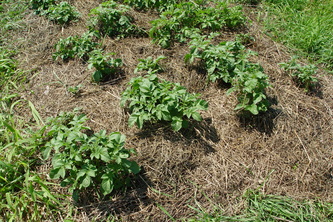
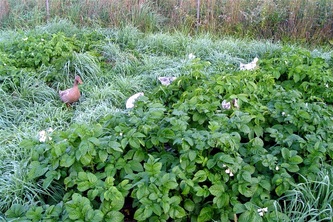

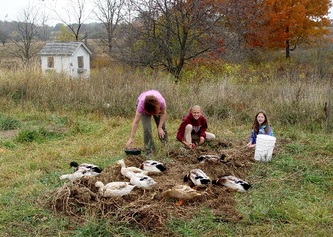
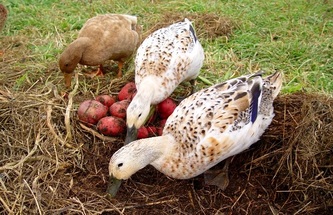
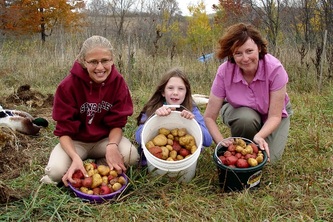
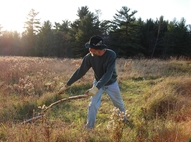
 RSS Feed
RSS Feed